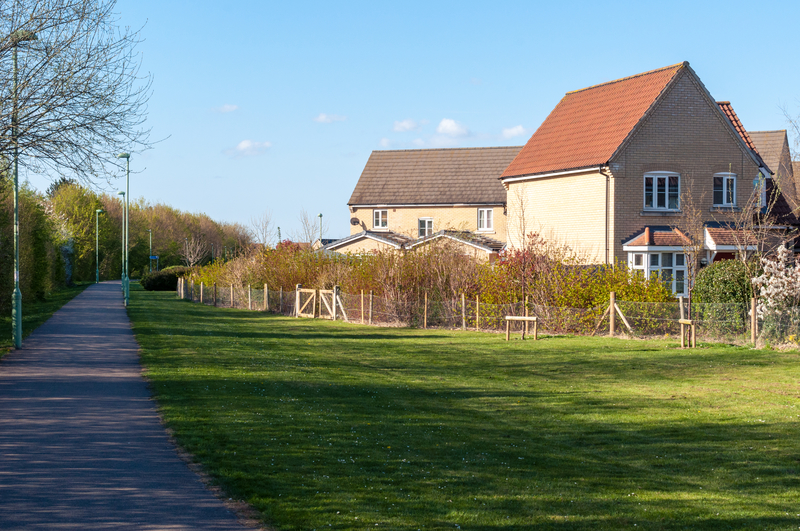The government has been urged to remember the acute shortage of rural houses in the Housing White Paper, due to be published this month
Landowners have called on the government to take the shortage of rural houses into consideration in their highly anticipated white paper.
The CLA, which represents landowners, farmers, and rural businesses, said it was imperative the government did not forget the needs of rural communities and called for rural houses to form part of the paper.
The CLA said the government “must understand” the shortage of houses is “felt just as keenly” in rural communities as it is in towns and cities. This issue, the organisation warned, must be addressed and said it hoped this would be done in the Housing White Paper due next week.
Rural housing supply is an issue
CLA President Ross Murray said: “We want to support young families, local workers and those in the community who are ready to downsize.
“Housing costs are spiralling so providing more houses people can afford is the only way to sustain rural communities for future generations and ensure people have the opportunity to live and work in the countryside.
“Ministers must not forget our rural areas when they set out their housing policy plan later this month. CLA members provide nearly 40 per cent of all private rented housing in rural areas and many are also local employers.
“They are in a unique position to help increase the supply of all housing tenures if the action points below are implemented.”
Key action points
The CLA put forward 10 key action points it hopes the government will cover in the paper. This includes a review of the definition of ‘sustainable development’ and what this means for rural homes.
On this issue Murray said: “The excellent concept of sustainable development which lies at the heart of the National Planning Policy Framework (NPPF) is not being properly implemented by local planning authorities which has a significant negative effect in some rural areas.
“Planners judge applications based on available amenities such as public transport which is often non-existent, and pubs and post offices but many of these have closed within small rural communities.
“Instead of allowing small-scale building which would bring much needed life, money and jobs to these areas, applications are rejected in favour of development on the edge of nearby market towns.”
Secondly, the CLA said the government needs to ensure local and neighbourhood plans reflect NPPF development properly. Currently, there is disparity across planning authorities, which is leading to a postcode lottery for development in rural areas.
The CLA also called for Local Plans to be in place across every area. These plans must conform with the contents of the NPPF. Additionally, the recommendations laid down by the Local Plan Expert Group in March 2016 should be implemented.
Another area that should be focused on is Permitted Development Rights. The CLA said the rules relating to converting redundant agricultural buildings into rural homes needed to be looked at.
Murray said: “Around half of all prior approval applications for converting redundant agricultural buildings into homes are rejected outright by planning authorities.
“This is almost three times higher than approvals to convert offices to residential units.
“We need a government review now and if refusal rates continue at such high levels the Government must intervene and either change the regulations or produce stronger guidance on delivering new dwellings in rural areas.”
Murray also called for more to be done to encourage landowners to build and manage their own affordable homes. He warned the approach of delivering affordable homes in rural communities via housing associations and local authorities did not provide enough to meet demands.
“Landowners have a long history of providing low rent housing in their communities,” he said.
“The Government should publish guidance to local authorities detailing how effective partnerships between local government and landowners can provide additional affordable housing.”
The Housing White Paper is set to be published next week and is expected to lay out the government’s plans to build more homes.














